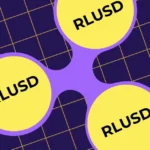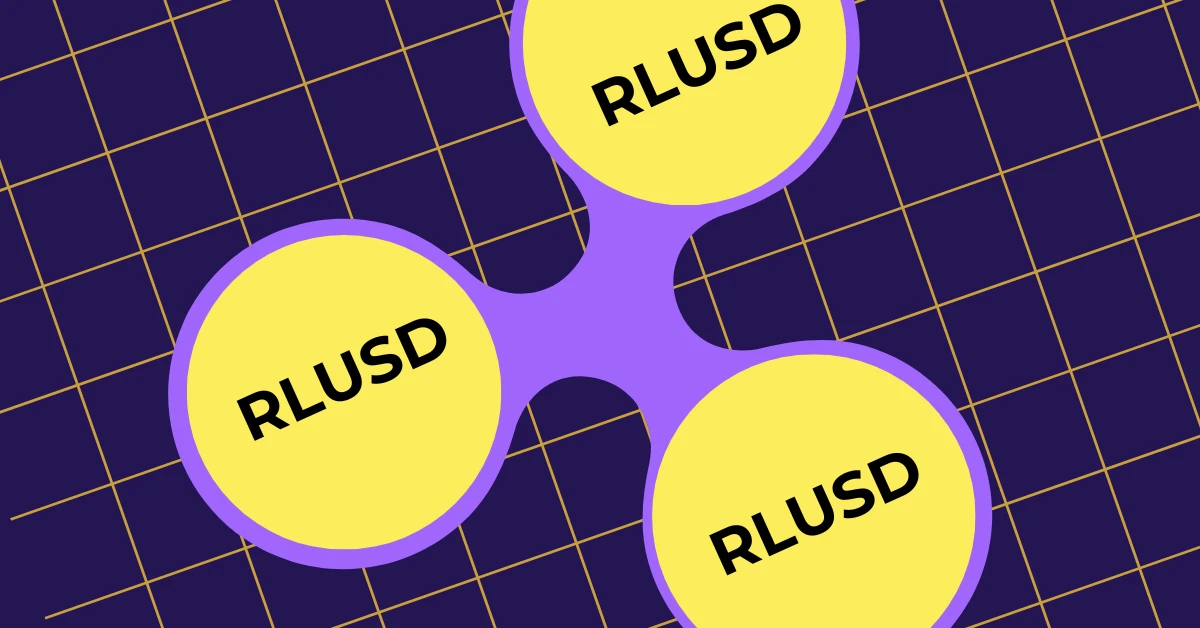Social trading has gained significant traction as one of the models that newbies can leverage to get a less risky exposure in sophisticated markets. According to the latest analysis by Market Research, this industry was valued at $311.5 million in 2021. Projections show this figure will likely grow at a CAGR of 64.7% to hit $12.9 billion by 2028.
The growth of this nascent niche can be attributed to the value of copy trading or other forms of social trading such as mirror or signal trading to the modern-day investor. Before the 2008 financial crisis, most of the financial market participants were established financial institutions, leaving out retail investors who wanted to get exposure in riskier assets.
The Flaw in Traditional Copy Trading Models
Despite the success of the copy trading model, it still has some structural flaws when it comes to the incentivization mechanisms. The gains are typically skewed in favour of the experienced traders who assume the role of ‘leaders’ in social trading platforms such as Avatrade, FXTM, Naga, and many more.
Most of the copy trading platforms that exist reward expert traders based on the number of followers (copy traders) rather than performance. A good example is eToro where elite pros are eligible to receive a fixed 1.5% payment of the total Assets Under Custody (AUC) for the first $20 million, with additional increments as the capital from one’s followers increases.
The problem with this model is that it creates a scenario where a trader earns fees from copiers even when their trades are not performing well. As a result, experienced traders may focus more on attracting followers than on executing profitable trades.
The Implication of Skewed Incentives in Copy Trading
While it is only fair to reward the experts who share their trading strategies, there are several implications that arise from the currently skewed incentivization model.
High-Risk Strategies: The pressure to get more followers triggers even the best to shift their focus from performance to follower acquisition. Naturally, most expert traders end up adopting high risk strategies which although profitable sometimes, they end up backfiring in many instances. What’s worse however is that the copy traders end up bearing the biggest brunt of this fundamental shift in the copy trading psychology.
Lack of Accountability: Because these traders can earn fees regardless of performance, there is little incentive for them to ensure their strategies are sound or beneficial for the copy traders. This situation creates an environment where the interests of traders and investors are misaligned.
Psychological Effects on Copy Traders: New traders often enter copy trading with the belief that they are minimizing risk by following established experts. However, the incentives at play can expose them to higher risks than anticipated. This can create a scenario where the newbies become more cautious towards allocating capital in their desired markets or even trading at all in future.
How Web3 Gamification Can Level the Playing Field
Web3 has been touted as the ultimate solution to most of the existing problems that arise from centralized ecosystems. This third iteration of the internet is the foundation of leading crypto ecosystems such as Bitcoin and Ethereum, which are guided by principles such as decentralization, transparency and permissionless economies.
So, how can Web3 solve the incentivization problem in today’s copy trading model? One of the simplest ways to align incentives is through the gamification of copy trading ecosystems for the benefit of all involved parties. This model has already been embraced by next-gen copy trading platforms such as Mosaic Alpha.
Unlike the traditional approach where lead traders stand to gain the most, this Web3 copy trading platform has gone a step further to introduce a ‘gamified’ performance fee. The catch is that this fee can only be charged to copy traders when a lead trader’s token basket hits an all-time high. For context, Mosaic Alpha’s token baskets consist of several crypto assets selected by lead traders to form a strategic portfolio allocation.
With such an incentive in place, lead traders are not only motivated to attract copy traders who will buy into their token baskets through a one-time fee, but also challenged to consistently post higher returns, given that the performance fee is conditional on whether their token baskets are successful for their followers.
Another intriguing approach is decentralized leaderboards by Web3 social trading platforms or interactive crypto data analytics platforms such as Dune. Today, it is possible for data wizards to create dashboards that track some of the best crypto trader’s wallets. While the goal may not be directly linked to social trading, such initiatives are unconsciously creating gamified ecosystems that newbie crypto traders can leverage in their trading journey.
More importantly, the lead traders whose progress is tracked through public dashboards of curated leaderboards have no motivation or means to charge those who replicate their trades.
It is a win situation for copy traders who have some little technical know-how of interpreting on-chain data.
Conclusion
Although still a relatively new area of innovation, Web3’s gamification of copy trading can address the misaligned incentives found in traditional models, where lead traders often profit without regard for performance. Through decentralized systems and performance-based rewards, this approach not only fosters accountability but also creates a transparent and equitable trading environment.











